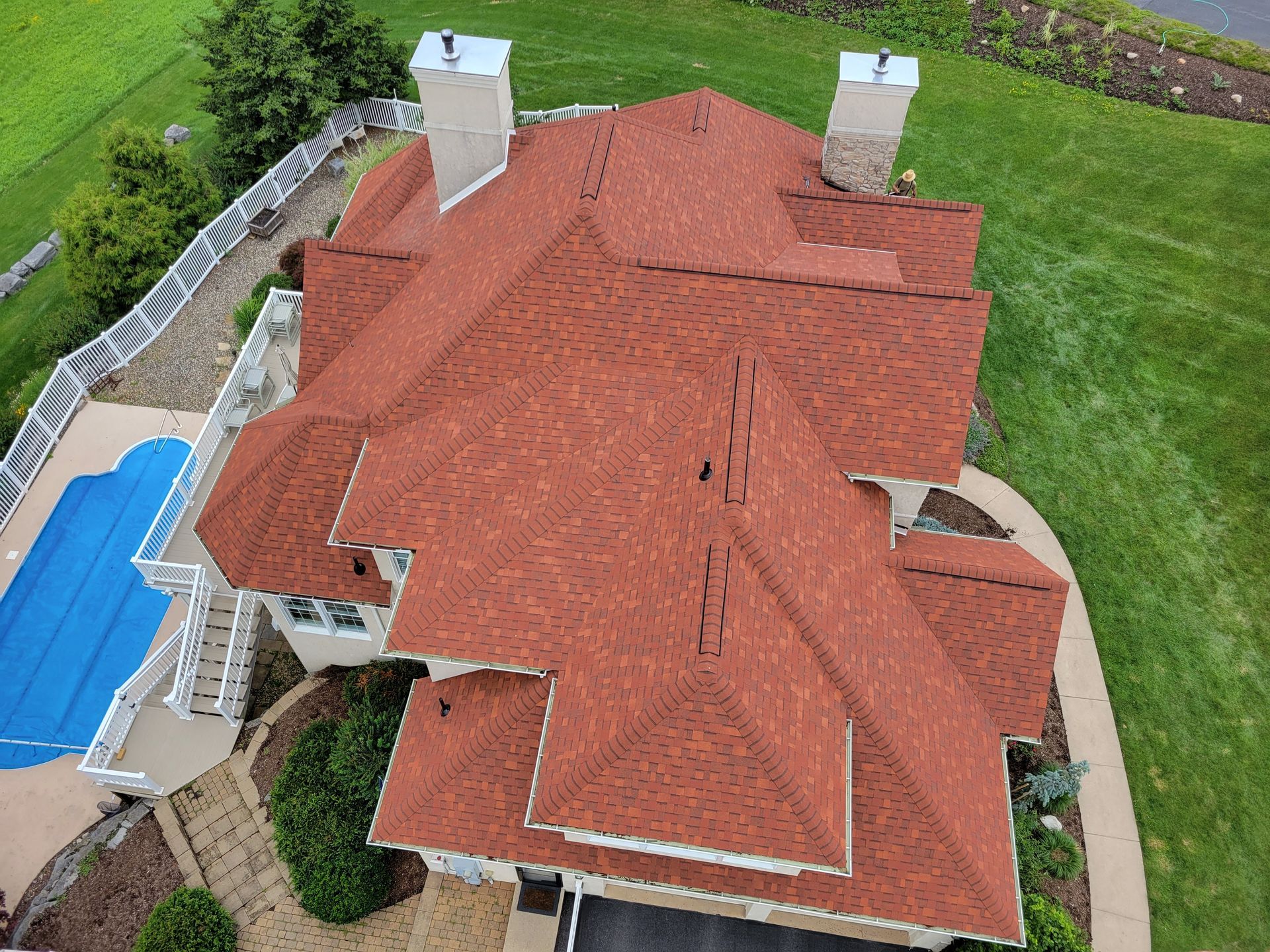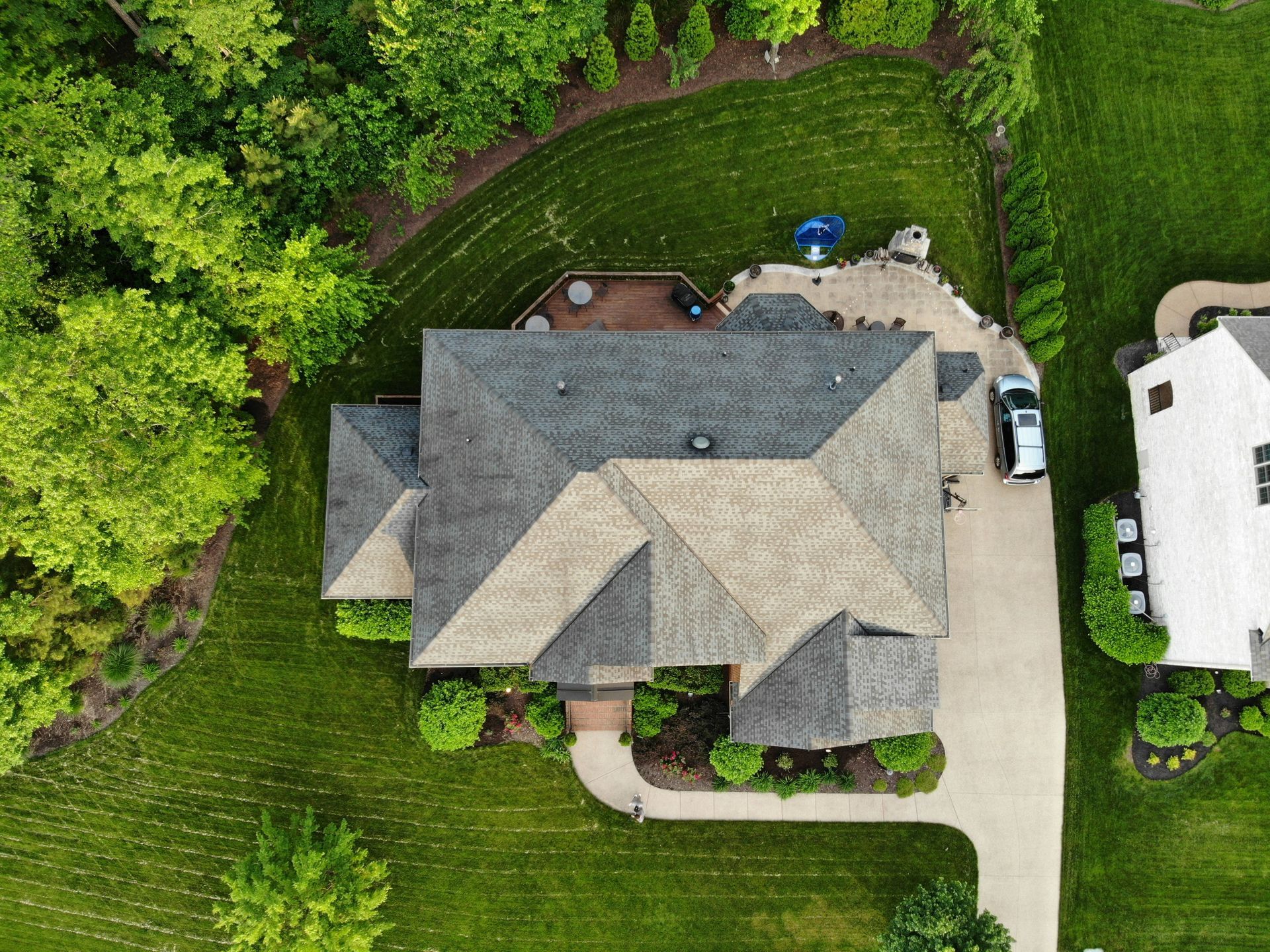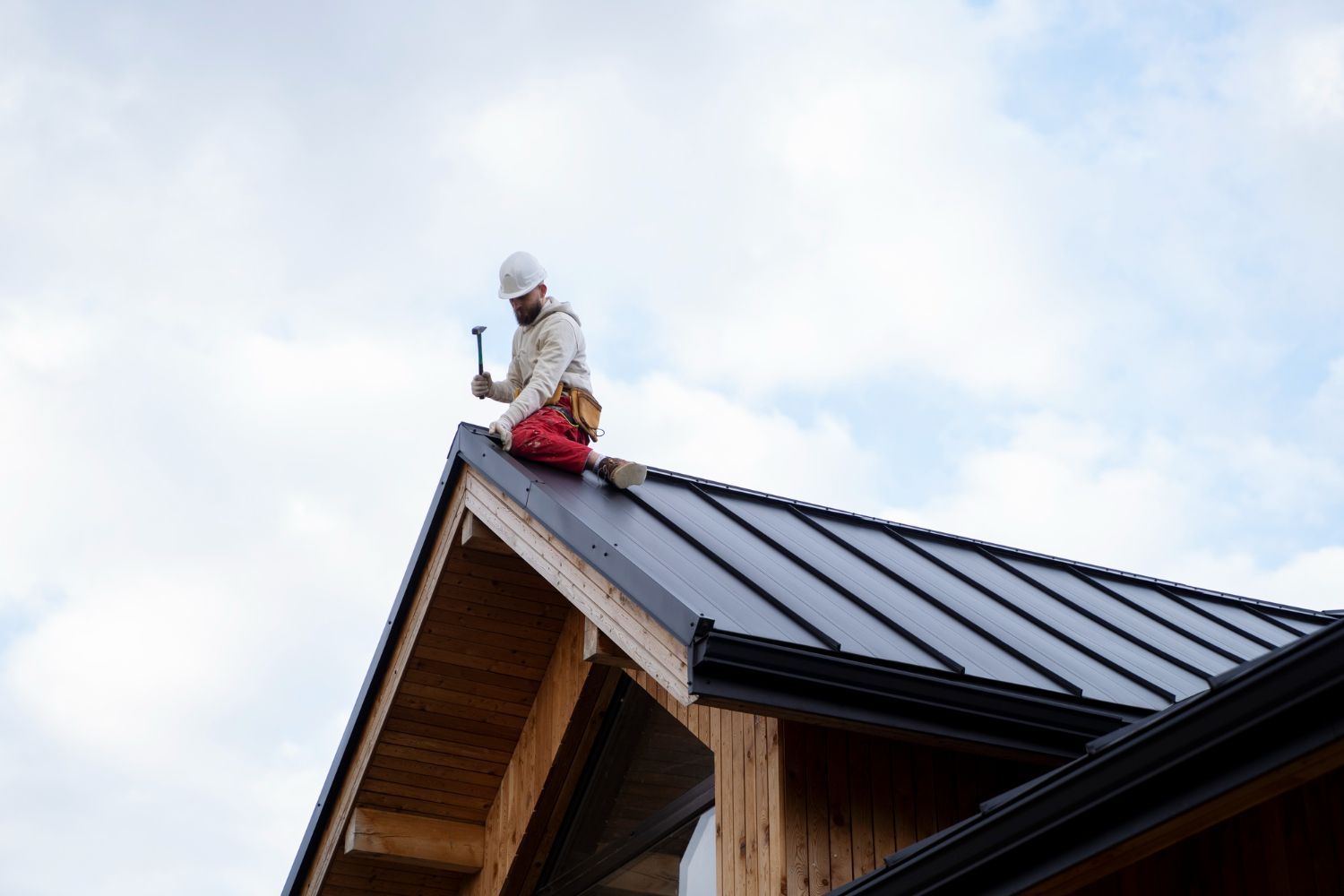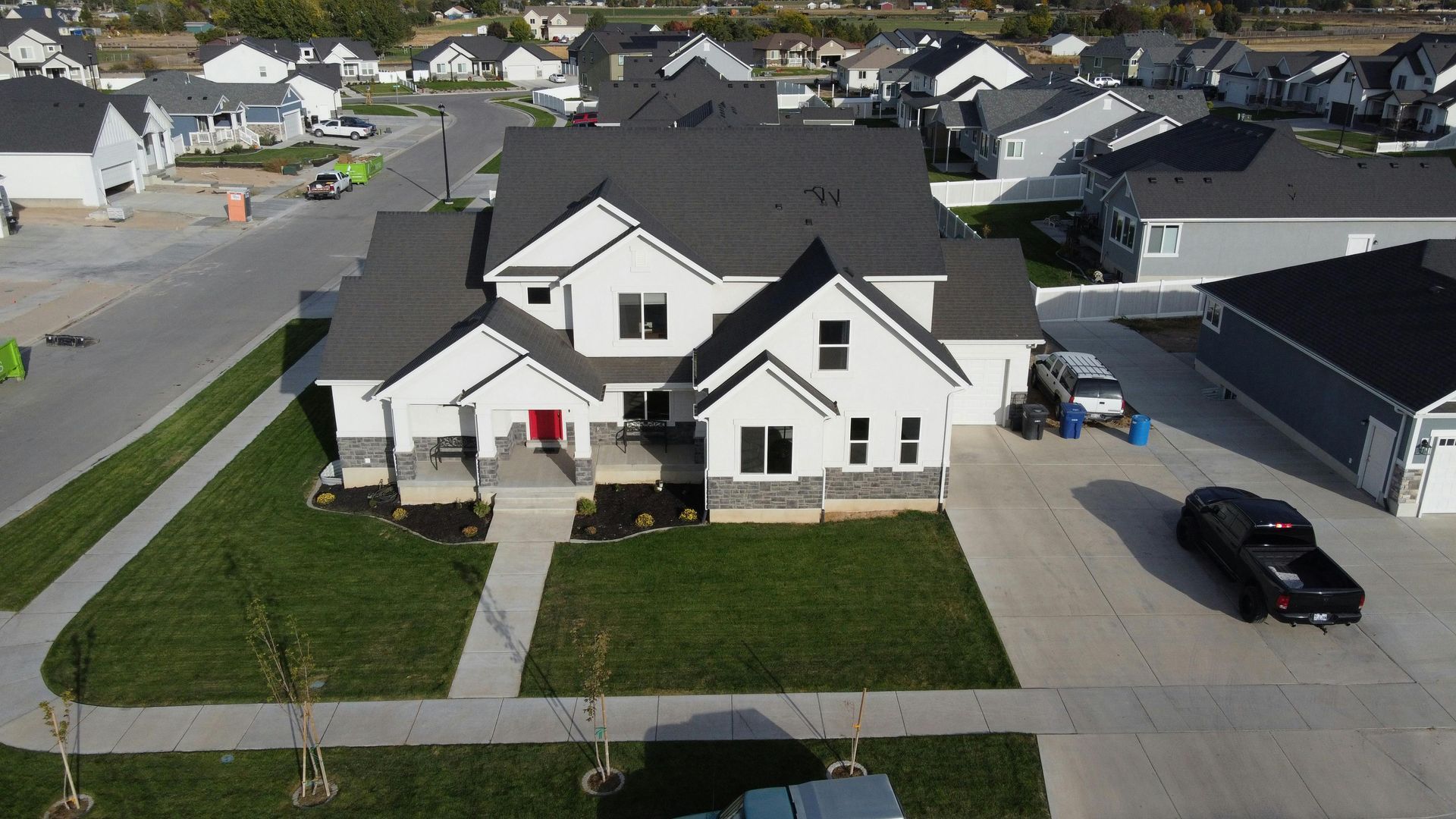7 Signs Your Roof Needs Attention Before It’s Too Late – Especially in State College
How To Know You Need A New Roof

Owning a home in State College comes with pride and responsibility. A lot of responsibility. Between shoveling snow in the winter, raking leaves in the fall, taking care of your HVAC system, or worrying about the next renovation, it’s easy to forget the most critical structure protecting your home: your roof. Many roofing issues start quietly and go unnoticed until they’ve caused serious damage.
In central Pennsylvania, roofs take on everything from ice and hail to strong winds and high humidity. That’s why knowing what to watch for—and acting quickly—can save you thousands in repairs. Here are seven warning signs that your roof needs attention now, especially if you live in the State College area.
1. Shingles That Are Missing, Cracked, or Curling
Your shingles are your roof’s first line of defense. When they’re damaged, the protective barrier is weakened, allowing water to seep underneath. In State College, this is particularly dangerous during the freeze-thaw cycle. Water can get under damaged shingles, freeze, expand, and make the damage worse over time.
Even if only a few shingles are missing or look curled at the edges, that’s your roof’s way of telling you it’s vulnerable. Ignoring it can lead to leaks, rot, and even structural damage if left unaddressed.
Pro tip: Use binoculars or a drone to safely check your roof from the ground after a storm.
2. Moss, Mold, or Algae Growth
Moss or algae can shorten your roof’s lifespan. Moss traps moisture, which can cause shingles to lift and deteriorate more quickly. Algae and mold, often appearing as dark streaks, also eat away at the roofing material.
In humid places like State College, where summer air can be damp and shady areas are common, these issues crop up fast. If left alone, the moss can grow thick and create mini water dams, allowing moisture to pool and eventually leak into your attic.
3. Granules in the Gutters
Your shingles are coated in tiny granules that help deflect UV rays and protect the asphalt underneath. Over time, especially after strong storms, these granules loosen and wash into your gutters. If you start seeing gritty buildup when cleaning your gutters, it’s a sign your shingles are wearing out.
This is a natural part of aging for asphalt roofs, but if it’s happening quickly or in large amounts, it’s time to get it looked at.
4. Sagging Roof Line
A roofline should appear straight and level. A sagging or dipping ridge line is a sign that something more serious is happening beneath the surface, often a combination of long-term moisture damage, rotting decking, or compromised rafters.
In State College, roofs often carry heavy snow loads during winter. Over time, if that weight isn't properly supported or water damage has weakened the structure, sagging is inevitable—and dangerous.
Act fast: A sagging roof should never be ignored. It poses a real risk of collapse.
5. Rising Energy Bills
Your roof plays a major role in your home’s insulation. If it’s leaking air—either hot or cold—your HVAC system has to work overtime to maintain a comfortable indoor temperature. This is especially noticeable in climates like State College, where you rely on heat in winter and AC in the summer.
A poorly ventilated or aging roof can allow warm air to escape during the winter and prevent proper cooling in the summer, driving up your monthly energy costs.
6. Water Stains or Discoloration Indoors
Water damage doesn’t always start with a dramatic ceiling drip. It can begin with subtle discoloration, bubbling paint, or faint stains that appear on your walls or ceilings. These signs often mean water is getting in, and by the time you see it, the leak may have already caused internal damage.
Don’t forget the attic: Check your attic for damp insulation, water stains, or mold growth. These signs may appear well before leaks reach your interior living spaces.
7. Your Roof Is Over 20 Years Old
If your roof is approaching or has passed the 20-year mark, it’s time to think proactively. Most asphalt shingle roofs last 20–25 years under ideal conditions, but the seasonal extremes of State College can reduce that life expectancy.
Older roofs may not show dramatic signs of damage, but that doesn’t mean they’re safe. Time and weather gradually weaken the structure, and the next major storm could be the one that pushes it past the breaking point.
Why This Matters in State College
Being proactive about roof maintenance is especially important for homeowners in State College due to:
- Frequent snowstorms that add weight and moisture to your roof
- Freeze-thaw cycles that cause expansion and contraction, leading to cracks
- High winds and hail that can strip shingles and damage flashing
- Humidity and shaded areas that promote moss and algae growth
A well-maintained roof protects not just your home, but your comfort, your safety, and your wallet.
Here’s a quick recap of the top signs:
- Missing, curling, or cracked shingles
- Moss, algae, or mold growth
- Excess granules in gutters
- A sagging roofline
- Unexpectedly high energy bills
- Indoor stains or water damage
- A roof over 20 years old
If you’ve noticed any of these warning signs—or if you simply haven’t had your roof inspected in a while—it’s time to call in the pros.
At Stoltzfus Bros. Construction we specialize in keeping State College homes safe and sound, no matter the season. Whether you need a full roof replacement, a minor repair, or just a professional inspection for peace of mind, our experienced team is ready to help.
Contact us today to schedule your roof inspection before small issues become costly problems.




